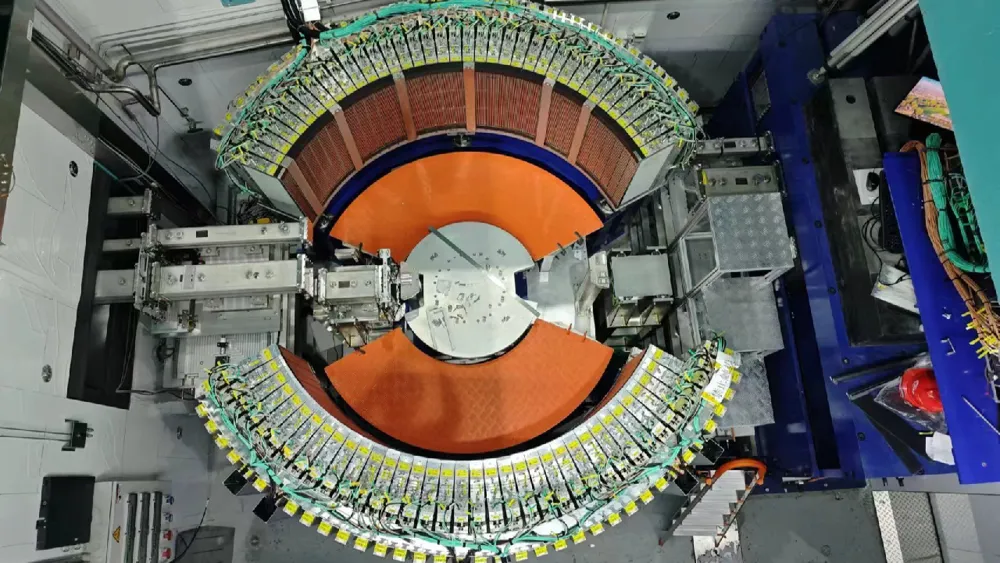Chinese Experts Investigate Integrated Use of Super Microscopes

Over 500 Chinese experts convened in Lanzhou, located in northwest China's Gansu Province, for a conference held from Wednesday to Friday, focusing on the integrated use of the Hefei Light Source (HLS) and the China Spallation Neutron Source (CSNS). These two large scientific facilities, often referred to as "super microscopes," are instrumental in probing the intricacies of the microscopic world.
The Hefei Light Source represents China's first synchrotron light source, while the China Spallation Neutron Source is recognized as the country's inaugural and the world's fourth pulsed spallation neutron source. Both facilities provide unique capabilities for scientific research.
During the conference, Wang Sheng, the deputy director of the Institute of High Energy Physics (IHEP) of the Chinese Academy of Sciences, articulated the complementary roles of the HLS and CSNS. The HLS utilizes X-rays to examine microstructures, whereas the CSNS employs neutrons for similar investigations. This integration allows researchers to gain comprehensive structural insights into materials.
Wang elaborated on the shared commonalities between the two sources, noting that many users typically engage with both facilities. Significantly, more than 95 percent of the users of the spallation neutron source also utilize the synchrotron light source, underscoring the frequency with which both resources are necessary for concurrent research projects.
This conference not only served as a platform for idea exchange among experts and users but also highlighted the enthusiasm surrounding future research initiatives. Participants expressed optimism about leveraging the two large scientific instruments for advanced scientific inquiry and enhancing the application of synchrotron light and neutron sources across various interdisciplinary fields.
The experts emphasized the importance of capitalizing on the complementary advantages found in neutron scattering and synchrotron radiation technologies. They underscored the potential that lies in promoting interdisciplinary integration to foster the advancement of high-tech industries and academic collaborations.
The collaborative effort that culminated in this conference was organized jointly by the University of Science and Technology of China and the Institute of High Energy Physics, showcasing a commitment to enhancing research capabilities and scientific collaboration in China.
Read These Next

Wearable Devices Transformed by Thermoelectric Rubber
This article discusses the impactful development of a new thermoelectric elastomer that combines flexibility and energy harvesting potential for wearable technology.

Empathy's Ethical Role in AI Systems
This commentary examines the importance of embedding empathy and human obedience directives in AI systems as suggested by Turing Award winner Yang Likun, amidst rising concerns about the ethical implications of AI behavior.

China Emerges as Global Leader in Generative AI Adoption
China leads in generative AI adoption, with 83% usage among industries, and plans over 50 national standards for AI growth.
